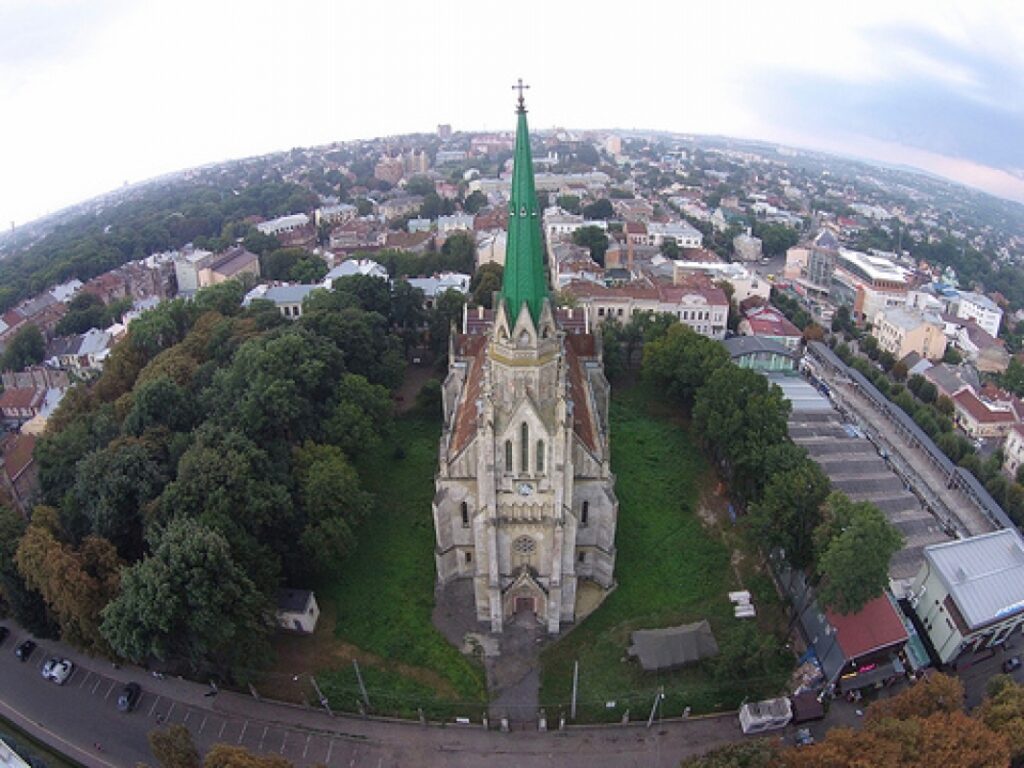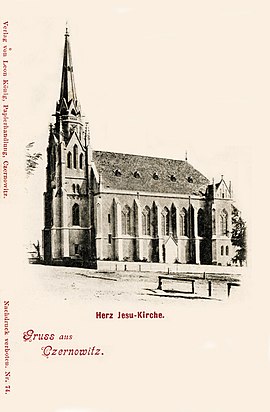
Chernivtsi (Чернівці, Cernauti, Czernowitz, טשערנאָוויץ) is a city in southwestern Ukraine, located on the Prut River. The first mention of the city dates back to around 1408. It has a rich history, having been part of Moldova and the Ottoman Empire. In 1775, it became part of the vast and multiethnic Habsburg Empire, and in 1849, it was designated the capital of the Duchy of Bukovina.
The city’s time within the Austro-Hungarian Empire left a unique mark on its architecture, particularly in the old town. As the German writer Georg Heintzen described:

Halfway between Kyiv and Bucharest, between Kraków and Odesa, this city was an unwritten capital of Europe, where the most beautiful coloratura sopranos sang, coachmen argued about Karl Kraus, sidewalks were swept with bouquets of roses, and there were more bookstores than bakeries.
Between 1918 and 1940, Chernivtsi was part of Romania. Later, as a result of the Molotov-Ribbentrop Pact, it became part of the Soviet Union. Following the outbreak of the German-Soviet war, the city once again fell under Romanian control. In 1944, with the advance of the front, it was reabsorbed into the Soviet Union as part of the Ukrainian SSR. After perestroika and the collapse of the USSR in 1991, Chernivtsi became part of the newly independent Ukrainian state.
The Jesuits arrived in Chernivtsi thanks to Archbishop Zygmunt Szczęsny Feliński, who had settled in the city. In 1885, he donated his house to the Jesuits, who established a chapel there. The house had 11 rooms, while a second building was converted into a public chapel where sermons were delivered in both Polish and German. The Church of the Most Sacred Heart of Jesus was built between 1891 and 1894 on land donated by the city. The initiative for its construction came from the then-superior of the Jesuits in Chernivtsi, Father Franciszek Eberhard. The church was consecrated on October 25, 1894, by Archbishop Seweryn Morawski. Adjacent to the church, the Jesuits built a monastery, which they moved into on October 27, 1894.
In addition to their regular pastoral work, the Jesuits led the Marian Sodality and provided religious education in local schools. A significant mission entrusted to them by the Archbishop of Lviv, Józef Bilczewski, was the reconciliation of two conflicted communities – Poles and Germans living in Chernivtsi. In 1924, by the decision of the Jesuit Superior General, Father Włodzimierz Ledóchowski, the mission in Chernivtsi was incorporated into the newly established Romanian mission, which in 1937 became a vice-province. The last superior was Father Władysław Kumorowicz, who, from 1941, also served as the vicar general for Bukovina. In 1944, he was deported to a labor camp, first in Mongolia and later in Kazakhstan. He was only able to return to Poland in 1956 within a repatriation program for Polish citizens in the Soviet Union.
During the communist era, the Jesuit church in Chernivtsi was closed and repurposed as a state archive. This caused significant damage to both its façade and interior. The church was finally reclaimed in 2010. Although it remains in a difficult condition, and restoration progresses slowly, it now serves the faithful of the renewed parish.



